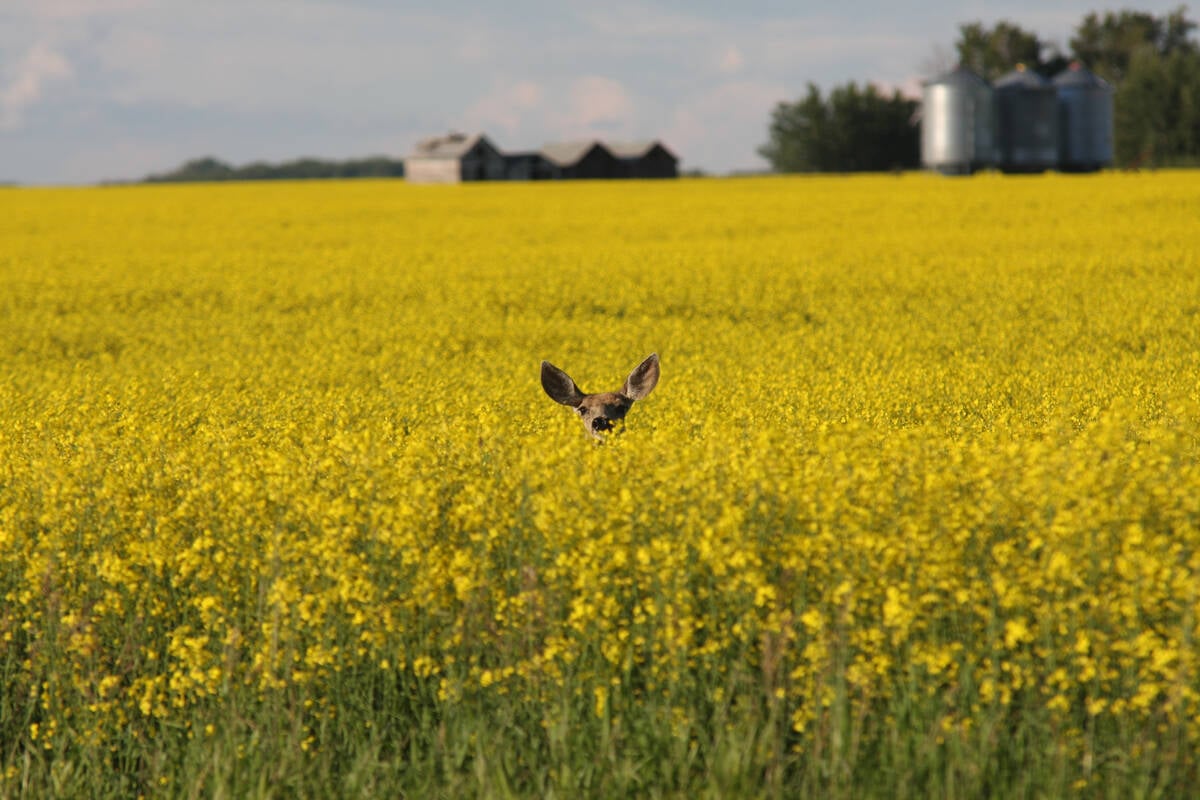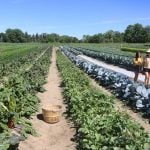Water quality entering, flowing through and exiting Alberta’s irrigation systems is being analyzed in a five-year study that tests samples from 90 sites.
Jollin Charest, research agrologist with the water quality branch of Alberta Agriculture, said the study is designed to monitor quality of water used in food production, change in water flows throughout the irrigation system and the quality differences between Alberta’s 13 irrigation districts.
Charest told those at a June 6 irrigation technical conference in Lethbridge that the study also has secondary objectives to test for pathogens, water quality in rivers at the end of the irrigation system and measure health and quantity of aquatic life.
Read Also

Drones now used to assess wildlife crop damage in Saskatchewan
Wildlife damage in Saskatchewan crops is now assessed by drones and artificial intelligence.
A team of 15 to 20 people takes samples from each site four times during the irrigation system at four-week intervals.
Samples are tested for nutrients, salinity, metals, pesticides and biologicals, among many other things.
“A secondary objective of the project is to look at the impact of irrigation returns on the river,” Charest said.
Researchers will follow one parcel of water through the system, monitoring changes due to various inflows along the way.
A third part of the study tests 20 sites for E. coli O157:H7, salmonella and campylobacter.
The study is now in its third year. Charest said there are plans to provide preliminary results later.















